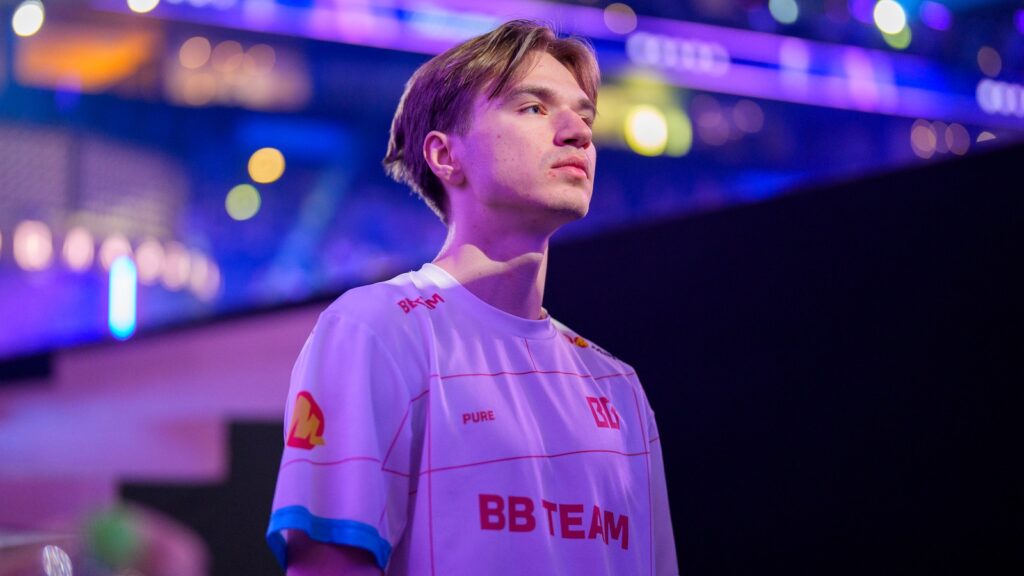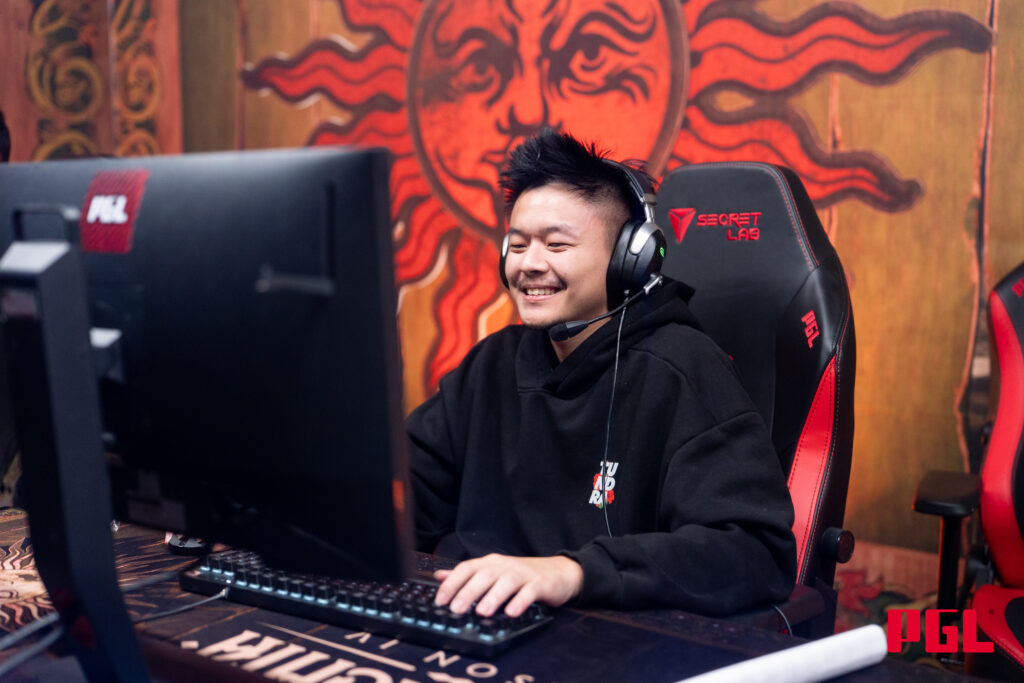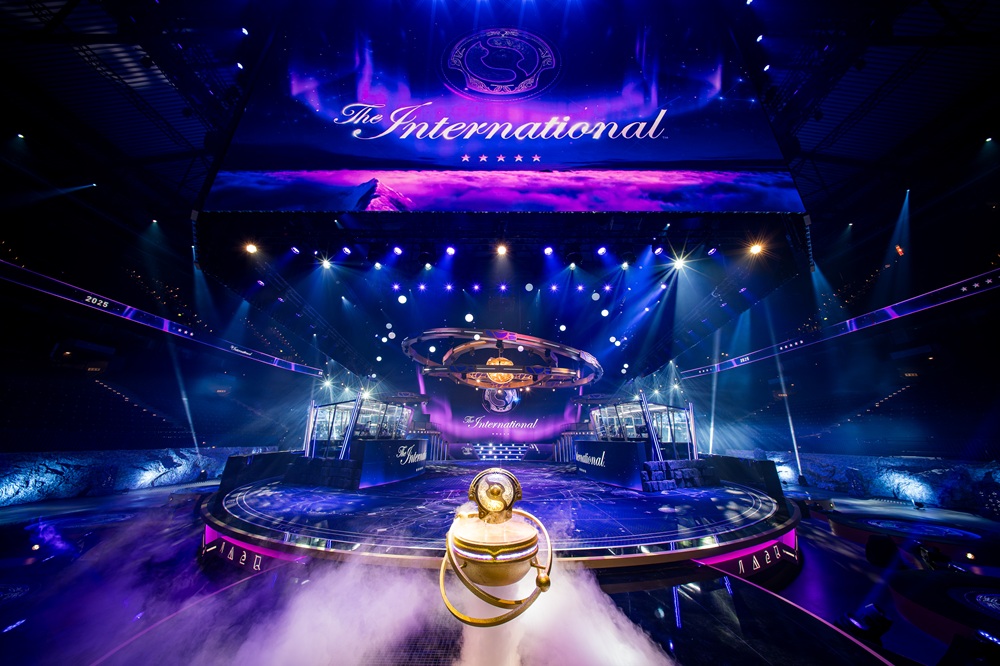The International 2025 Closed Qualifiers: All Teams Overview
With DreamLeague Season 26 wrapped up, it’s time to shift our attention to the next big chapter: The International 2025 Closed Qualifiers. While some regions are still battling it out in the Open Qualifiers, Eastern Europe and South America have already locked in their contenders. Let’s take a closer look at all the currently confirmed TI14 Closed Qualifier Teams.
The International 2025 TI14 Closed Qualifiers: Eastern Europe & South America Overview

The International 2025 Regional Qualifiers (Image credit: Wykrhm Reddy)
Eastern Europe
There’s no doubt—Eastern Europe remains one of the strongest Dota 2 regions in the world. Home to powerhouses like PARIVISION and Team Spirit, the region has consistently made its mark on the pro scene. That’s why the Eastern Europe Closed Qualifiers for TI 2025 are some of the most anticipated yet.
Here are the 10 teams competing for that single coveted TI slot:
- Aurora Gaming
- Natus Vincere
- One Move
- L1GA Team
- Nemiga Gaming
- eSpoiled
- Quantum
- Kalmychata
- Runa Team
- Cyber Goose
With only one ticket to Seattle on the line, for the EEU TI14 Closed Qualifier teams the pressure is sky-high. That said, fans of the region already have a good sense of who the front-runners are—Aurora Gaming and Natus Vincere.
If you’re considering placing a bet, Aurora Gaming is a solid pick. While the team hasn’t taken home a major trophy just yet, it’s been consistent, finishing fourth at DreamLeague Season 26.
Still, don’t count out Na’Vi. The team’s revamped roster, featuring the likes of Artem “Yuragi” Golubiev, has shown real potential. If anyone can challenge Aurora, it’s them.
South America
Next up: South America. The region’s Open Qualifiers turned out to be more exciting than expected, and now we have our final 10 teams ready to battle for their own single TI 2025 slot:
- OG.LATAM
- HEROIC
- Team Den
- Team Sin Compromiso
- Edge
- Infamous
- AllStar
- TeamDk
- Veritas Brothers
- Sustancia X
Plenty of talent is packed into this lineup, but all eyes are on OG.LATAM and HEROIC.
HEROIC enters the Closed Qualifier as the favorite, thanks to its rock-solid performance over the past few months. The team made history by winning PGL Wallachia Season 2—becoming the first South American squad to win a major international event.
OG.LATAM, on the other hand, is stepping into its first big test. The squad’s brand-new roster was unveiled just a month ago, and fans are eager to see if it can live up to the OG legacy.
Both regions promise high-stakes drama and breakout moments, and with only one spot up for grabs in each, the action will be intense. Whether you’re watching, analyzing, or betting, these qualifiers are must-see Dota.














